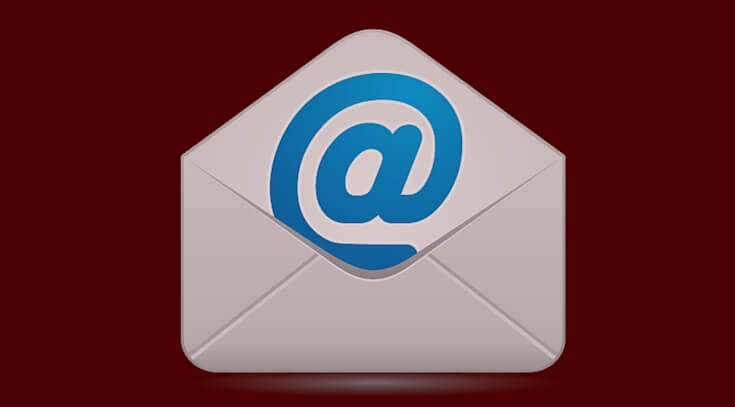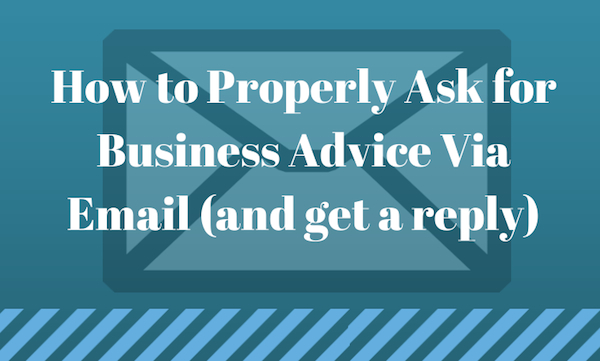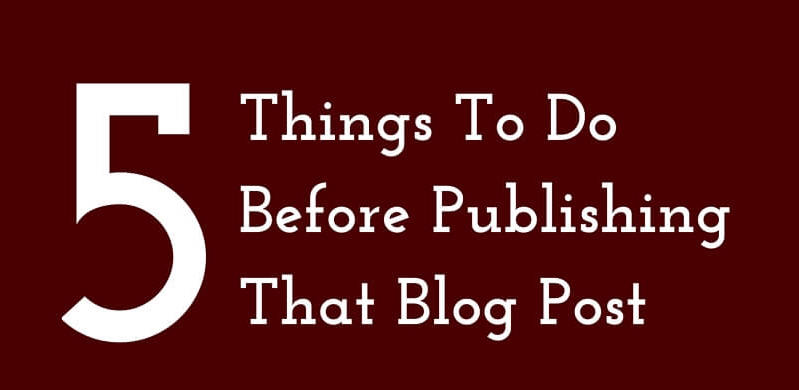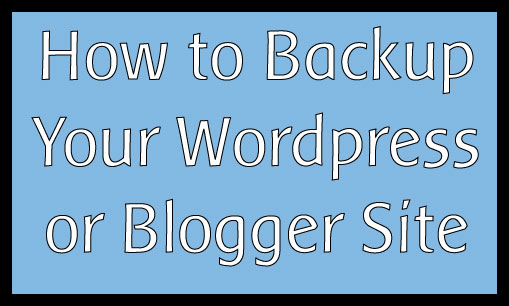How To Follow Up Via Email Without Being Annoying

We are an email-dependent society, and I don’t know how we’d do business nowadays without it. Texting is personal and cold-calling is often frowned upon.
Because email runs the world, people get hundreds a day. Some people have mastered the art of Inbox Zero, which is the unicorn-like ability to maintain inboxes where there are no unread emails. I am not there yet, which is why it is important for people to know that when they email me, they will not get an immediate answer. In fact, I know very few people who reply right away to an email.
There are a few things that prevent me from answering most emails I get quickly.
- I get too many emails and I just haven’t gotten to yours
- When I opened your email, I saw it was 5 paragraphs and it’s not easy to skim and find out what you want from me. But I already talked about how to cut down on these emails by formatting it well in a post I wrote titled How to Properly Ask for Business Advice Via Email
- Your email requires me to sit and think and form a very thoughtful (and possibly detailed) answer. And I am on the go
- I want to say NO to whatever you asked me about and just haven’t formed a proper way to do it nicely
Honestly, it’s usually that first one. I just haven’t gotten to yours in my queue. So what do you do when you send someone a message about business, or whatever and they don’t reply to you in 24 hours? You should follow up, but don’t be annoying about it. I am here to give you tips on how to be persistent without being a nuisance.

1. Leave at least 48 hours between follow up emails
Let’s say you send an email on Monday morning and Tuesday comes and you’re still waiting. Do not send them a follow up email that Tuesday. It is too soon. Give at least 48 hours between follow up emails. The ONLY exception to this is if what you want is extremely time-sensitive. However, if that’s that case, your original email’s subject should include that information.
Example subject: TIME SENSITIVE – Media interview opportunity
Also, respect that just because something is urgent to YOU does not mean that thing has to be urgent to the person you send it to.
2. Follow-up should be shorter than original.
If you send someone a follow up email, it should be much shorter than whatever original email you sent. This means if your first email is 3 paragraphs long, your follow up should be one paragraph. Please don’t just copy and paste the original email and certainly don’t send them another long email.
3. After your third follow up, stop for a while.
Let’s say you’ve tapped on their shoulder 3 times in 1 week and got no response, you should stop. Wait another week before you send them another email, because at this point, you’re being a pest and you’re probably stressing them out. Chill. Let them catch their breath and get back to you.

4. Do not send follow-up to multiple email addresses
In your eagerness to be replied to, do not use your follow-up as a chance to clog up multiple inboxes of the person you want to reach. Do some research and find out what the best email address to use for the person, and send your request there. Oftentimes, folks publish their email addresses on their contact page. If you can’t find the best email address to reach them, ask via social media. That sometimes helps.
Someone sent me the same email to 7 of my email addresses. Somehow, they had all of my emails and they sent that one email to ALL seven, because they wanted to make sure I received it. Yes, I did. And I was annoyed as hell by it. It also made me less receptive to whatever they were asking about.
5. Do not follow up through other forms of contact like social media or phone unless your request is urgent
When you send that email, do not automatically follow it up with a message to the person’s social media to tell them you emailed them. Unless it’s been 48 hours or your request is urgent and time-sensitive.
Look. We’ve all done one or more of these at one point. This is not a rebuke. It’s a prompt to do better moving forward. People receive volumes of emails everyday and some are constantly fighting to dig their way through their inboxes. This means the expectation for replies need not be immediate. Do not think someone must reply back to you the moment your note hits the top of their inbox. Give them time.
There is a thin line between persistence and being a pest. Don’t hopscotch over that line.
If you find this post useful, please share this post and pin the image below to your Pinterest boards!







